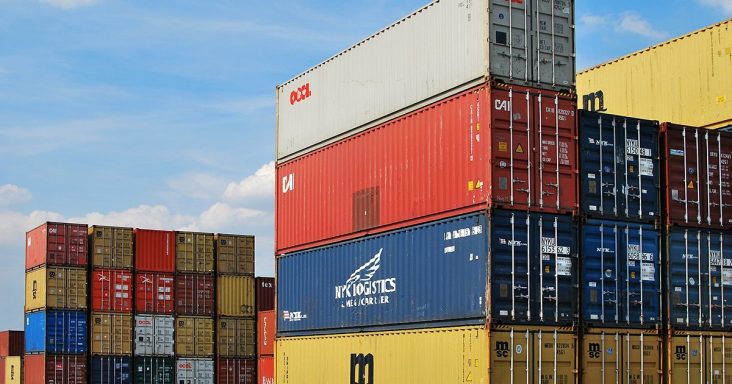Supplier collaboration can help companies meet sustainability goals
by November 18, 2021 3:47 pm 638 views

Companies are collaborating with their suppliers to meet sustainability goals as consumers continue to demand action amid disruptions across the supply chain.
Matt Smith, executive vice president of supply chain for Little Rock-based Westrock Coffee, said in a recent Reuters webinar that supplier collaboration allows for trust and transparency for the mutual benefit of the relationship. It also contributes to growth and profitability and enables greater sustainability in the supply chain, said Smith, adding that it might cost more and require extra work.
“I think it’s easy to look around in today’s very disruptive supply chain and see the value of collaboration, but it’s harder to say whether we will still feel that way once things and if things go back to normal,” he said. “I think it’s a question I ask myself daily, but for here and now, I think that collaboration is an important part of our daily work in the supply chain and something that I hope grows over time.”
For Anheuser-Busch, supplier collaboration relates to innovation and opportunity, said Angie Slaughter, the company’s vice president of sustainability, logistics, supplier value creation and capabilities procurement. Issues such as climate change, technology evolution and disruptions can create opportunities, she said.
“We know very clearly we can’t solve a lot of these issues on our own as a company,” she added. “That’s why we’re very active in working across our supply chain to collaborate.”
She said a program the company launched in 2019 works with suppliers to help them reduce their greenhouse gas emissions. The program has about 25 companies in it.
Mark Schissel, chief operating officer for Herbalife Nutrition, said supplier collaboration regards small changes from many people. He noted that those changes, when consolidated, make a big difference. Collaboration leads to innovation and how it’s been able to manage service disruptions during the pandemic.
Mark Balte, senior vice president of innovation for Logility, said supply chain visibility is the next level evolution of sustainability. Along with the visibility, he noted that the ability to collect data is also essential.
Slaughter explained the importance of visibility and that one can’t improve what’s not measured. Supply chain visibility is vital in meeting the company’s sustainability and environmental goals, said Slaughter, adding that one goal is to reduce its carbon emissions by 25%. The company cannot meet its goals without suppliers and the supply chain as part of the solution.
Smith said the coffee industry has 12 million farmers across 30 countries within 20 degrees north or south of the equator. The challenges to building a sustainable industry are mainly in the producing countries. Issues include access to training, credit and markets. Climate impact is also a significant issue, he added.
“If you want to address any of these issues, visibility to that farm level is key,” he said. “Because coffee has always been a commodity closely connected to where it’s produced…we’ve been working on this issue for decades now.
“You have to be able to trace your supply back to the individual farmer if you want any chance of de-commoditizing the supply chain… You can’t build a resilient supply chain without a complete communication loop and a recurrent commercial relationship that reaches that very beginning of the supply chain.”
Asked where companies should start when looking to have more sustainable supply chains, Slaughter said where a company’s size and scale drive meaningful change.
“When you think about the products that we make, in particular beer, it’s a very natural product, so it makes a lot of sense for us to be highly focused on water and energy and agricultural raw materials,” she said. “We work with about 1,000 growers here in the U.S. We have to be highly hyper-focused on where we can drive change in that space.”
She added that companies should also look at the locations in which they operate and understand how to impact the communities within their supply chain positively.
“I would start by moving the sustainability decision-making out of a marketing function and into a supply chain function,” Smith said. “I don’t think that you can be successful in delivering sustainability if it’s seen as a bolt-on project or a feel-good initiative. It has to be ingrained into the DNA of the business, and I think it has to be given equal consideration alongside risk, price, terms when making your daily decisions but also your longer-term strategies.”
Schissel said customers demand visibility into the sustainability of the supply chain and the treatment of the people, world and natural resources that are part of the supply chain.
“It unusual to find the entire industry be in the same spot in terms of anything being a priority,” he said. “I think with COVID and all the disruptions, the idea of collaboration and knowing your supply chain and being resilient and the idea of figuring out how we can have a more positive impact on the environment and become more sustainable as a group — that enthusiasm has never been higher. That’s what gives me a lot of great hope here.”
